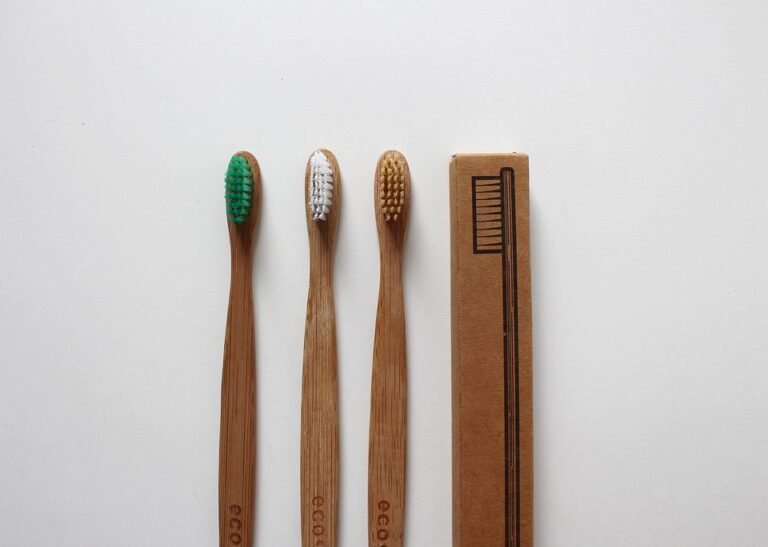Are ergonomic instruments more expensive than traditional instruments?
Okay, here’s the post with me adding context, pretending I’m the person who originally asked the question:
I’m a musician – I play the saxophone primarily, but I also dabble in clarinet. I’ve been having some wrist and shoulder pain lately, and I’ve been reading up on ergonomic instruments. It seems like they’re designed to reduce strain, which sounds great! But I’m on a bit of a budget, and I’m worried about the cost.
Specifically, I’m wondering if something like an ergonomic saxophone (I’ve seen some with modified key placements and neck angles) or a clarinet with a thumbrest designed to reduce strain would be significantly more expensive than their standard counterparts.
Has anyone had experience buying either? Are we talking a small price difference, or a huge leap in cost? Are there specific brands or models I should be looking at (or avoiding!) if I’m cost-conscious but need something that’s easier on my body? I’m also curious about the resale value of ergonomic instruments – do they hold their value as well as standard instruments? Any advice would be much appreciated! Thanks!
Answer
Ergonomic musical instruments generally are more expensive than their traditional counterparts, though the degree of price difference can vary widely depending on several factors. Here’s a detailed breakdown of why this is the case:
1. Research and Development Costs:
- Extensive Design Process: Ergonomic instruments often require significant research and development to optimize their design for comfort and reduced strain. This involves studying human anatomy, biomechanics, and common playing-related injuries. Manufacturers may employ specialists like ergonomists, physical therapists, and experienced musicians to guide the design process.
- Prototyping and Testing: Multiple prototypes are typically created and tested extensively to refine the instrument’s design. This iterative process can be costly, as it requires specialized materials, manufacturing techniques, and musician feedback.
- Patents and Intellectual Property: Some ergonomic instrument designs may be patented, which adds to the overall cost. Patent protection allows manufacturers to recoup their investment in research and development but also means that other companies cannot copy their designs without permission, potentially limiting competition and keeping prices higher.
2. Materials and Manufacturing Processes:
- Specialized Materials: Ergonomic instruments may utilize different or more expensive materials compared to traditional instruments to achieve the desired comfort, weight balance, or acoustic properties. Examples include:
- Lighter-weight woods or composite materials to reduce overall instrument weight.
- High-density foams or gel padding for contact points to reduce pressure.
- Advanced polymers or resins for custom-molded components.
- Complex Manufacturing Techniques: Producing ergonomic instruments often necessitates more complex manufacturing processes. This can include:
- CNC machining for precision shaping of components.
- 3D printing for creating custom parts or molds.
- Hand-crafting for intricate adjustments and fine-tuning.
- Smaller Production Runs: Because ergonomic instruments often target a niche market, manufacturers may produce them in smaller quantities compared to mass-produced traditional instruments. Smaller production runs generally lead to higher per-unit costs due to reduced economies of scale.
3. Labor Costs:
- Skilled Craftsmanship: The assembly and finishing of ergonomic instruments often require highly skilled luthiers or technicians who have expertise in working with specialized materials and complex designs. This specialized labor commands higher wages, which contributes to the overall cost of the instrument.
- Customization: Some ergonomic instruments are offered with a degree of customization to further tailor the instrument to the player’s specific needs. Customization adds to labor costs and material expenses.
4. Marketing and Distribution:
- Targeted Marketing: Ergonomic instrument manufacturers often focus on reaching specific target audiences, such as musicians with pre-existing injuries or those seeking to prevent them. This targeted marketing can be more expensive than mass-market advertising.
- Specialty Retailers: Ergonomic instruments may be sold through specialty retailers or directly from the manufacturer, rather than through large-scale music stores. This can limit distribution channels and potentially increase prices.
5. Perceived Value and Demand:
- Niche Market: The market for ergonomic instruments is generally smaller than the market for traditional instruments. While demand for ergonomic solutions is growing, it may not yet be sufficient to drive down prices through increased competition and economies of scale.
- Health Benefits: Many musicians are willing to pay a premium for instruments that can help prevent injuries and prolong their playing careers. This perceived value can justify higher prices for ergonomic instruments.
Examples of Price Differences:
- Ergonomic Guitar Straps: While a basic guitar strap might cost $10-$20, an ergonomic strap designed to distribute weight more evenly and reduce shoulder strain could easily cost $50-$100 or more.
- Ergonomic Violin Shoulder Rests: Standard shoulder rests can range from $20-$50, while ergonomic models with adjustable height and curvature can cost $80-$200 or more.
- Fully Ergonomic Instruments (e.g., guitars, basses): A high-quality traditional guitar might cost between $1000 and $3000. A comparable ergonomic guitar with custom features and specialized construction could easily cost $3000-$6000 or more.
Caveats:
- The price difference between ergonomic and traditional instruments is not always substantial. Some ergonomic accessories, such as finger exercisers or specialized picks, may be only slightly more expensive than their traditional counterparts.
- The overall quality and features of the instrument play a significant role in determining its price, regardless of whether it is ergonomic or traditional. A high-end traditional instrument with superior materials and craftsmanship can easily cost more than a basic ergonomic instrument.
- As the demand for ergonomic instruments increases and manufacturing techniques become more efficient, prices may become more competitive over time.






